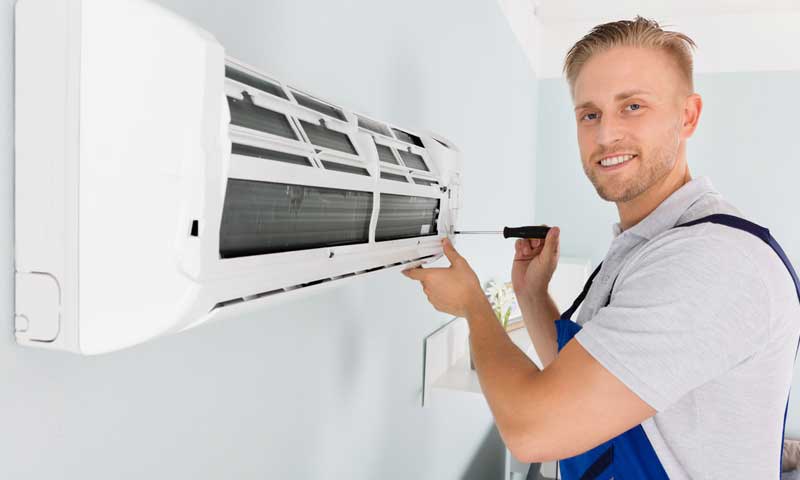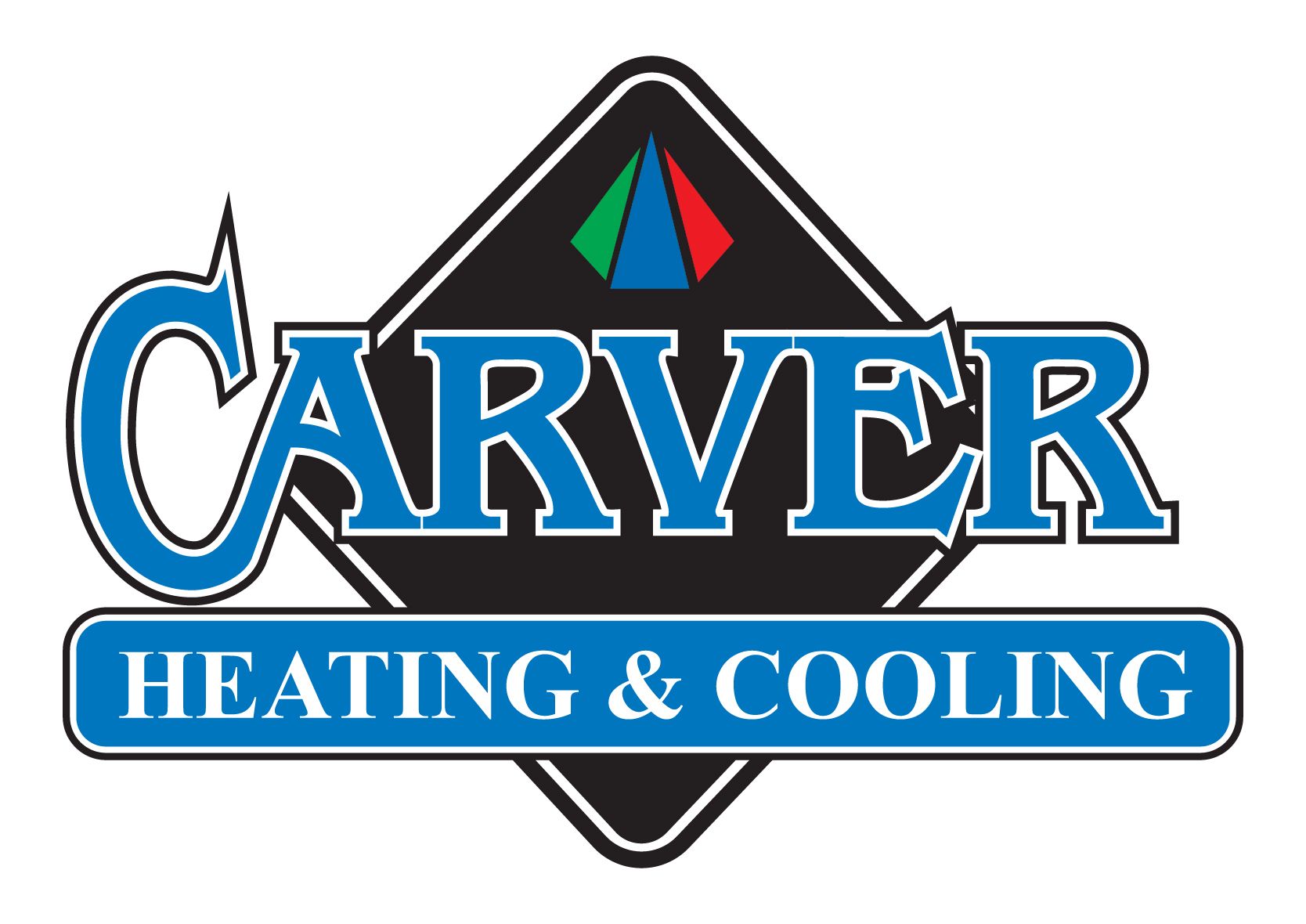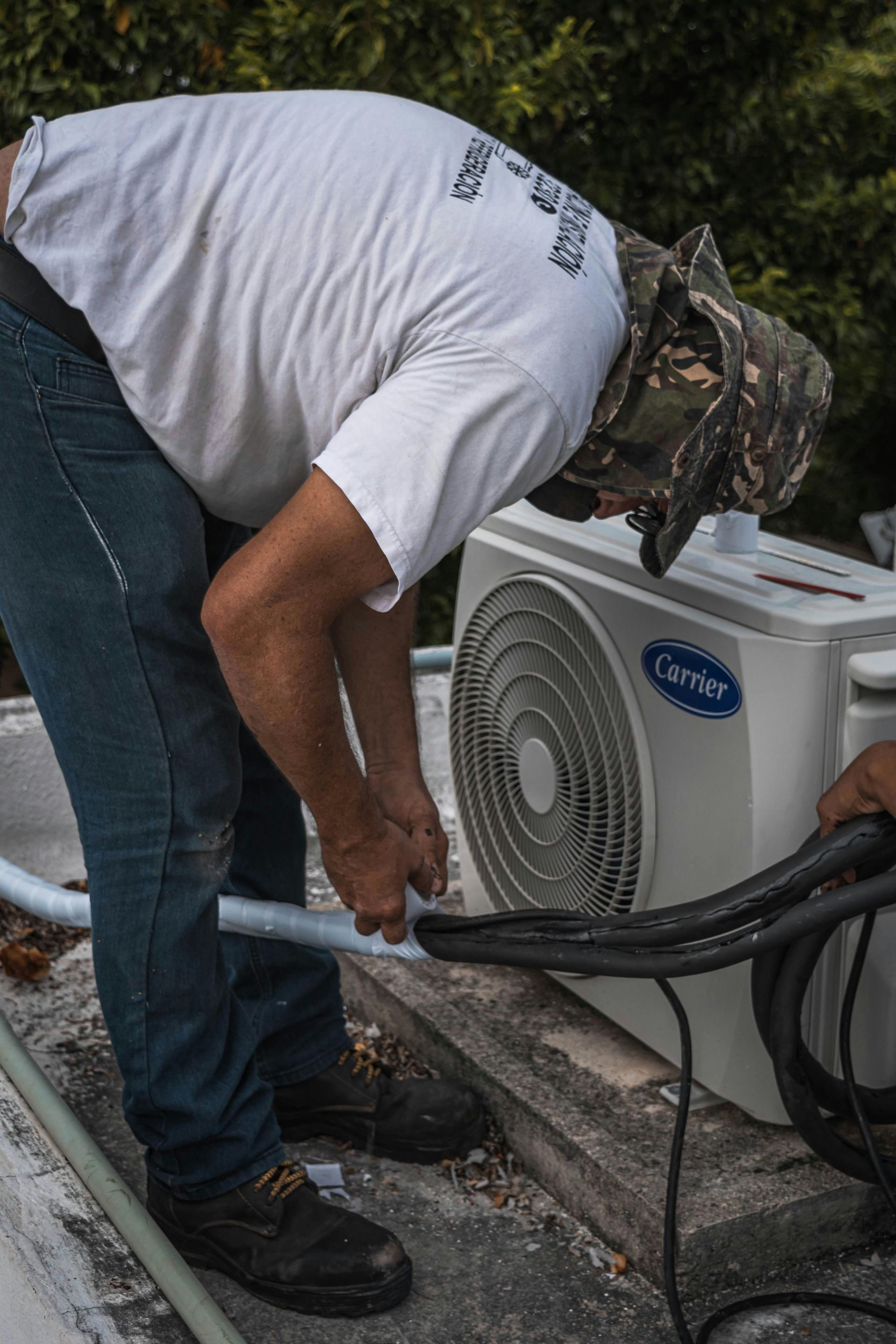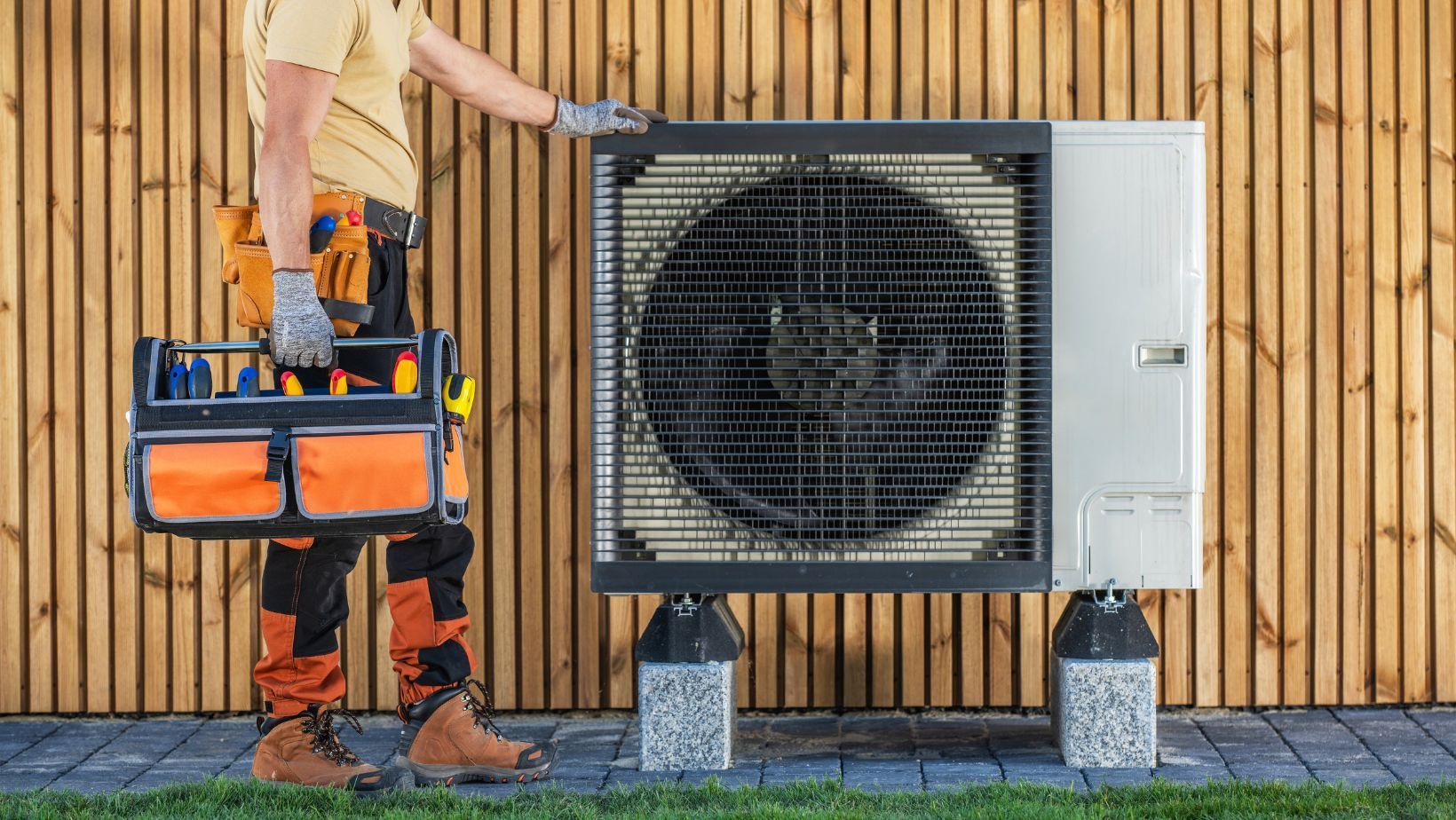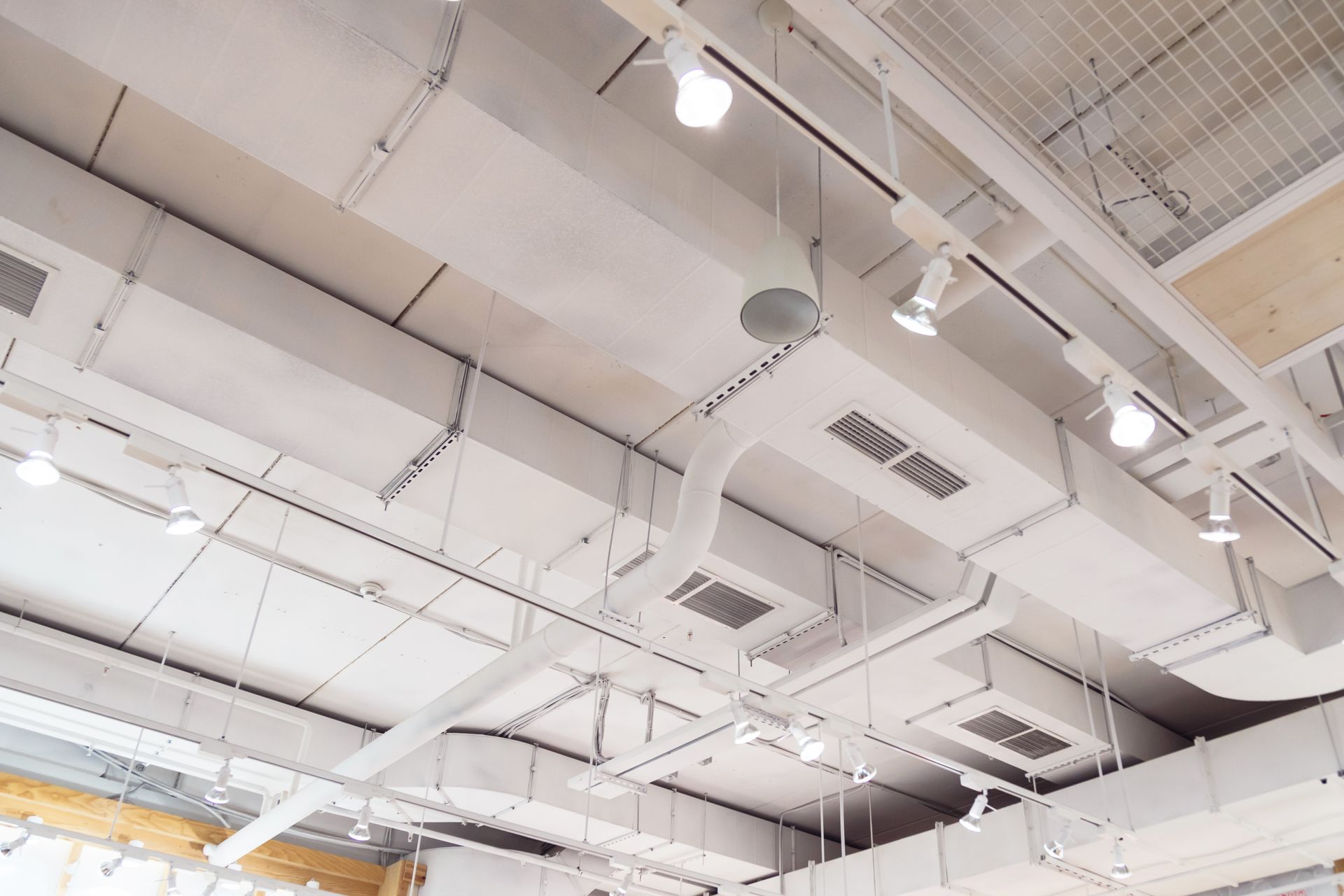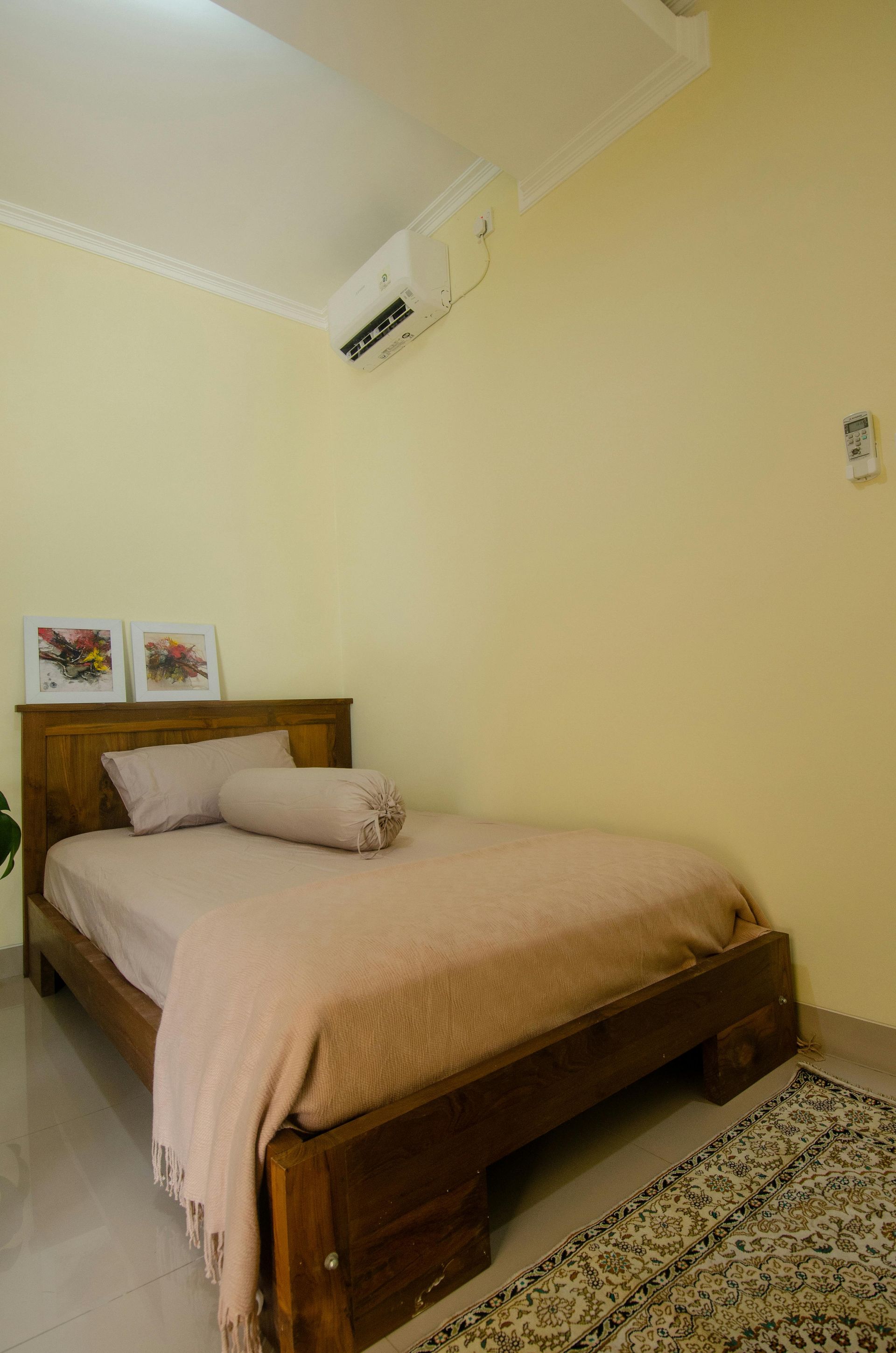Guide to Air Conditioning Unit Parts
This is a subtitle for your new post
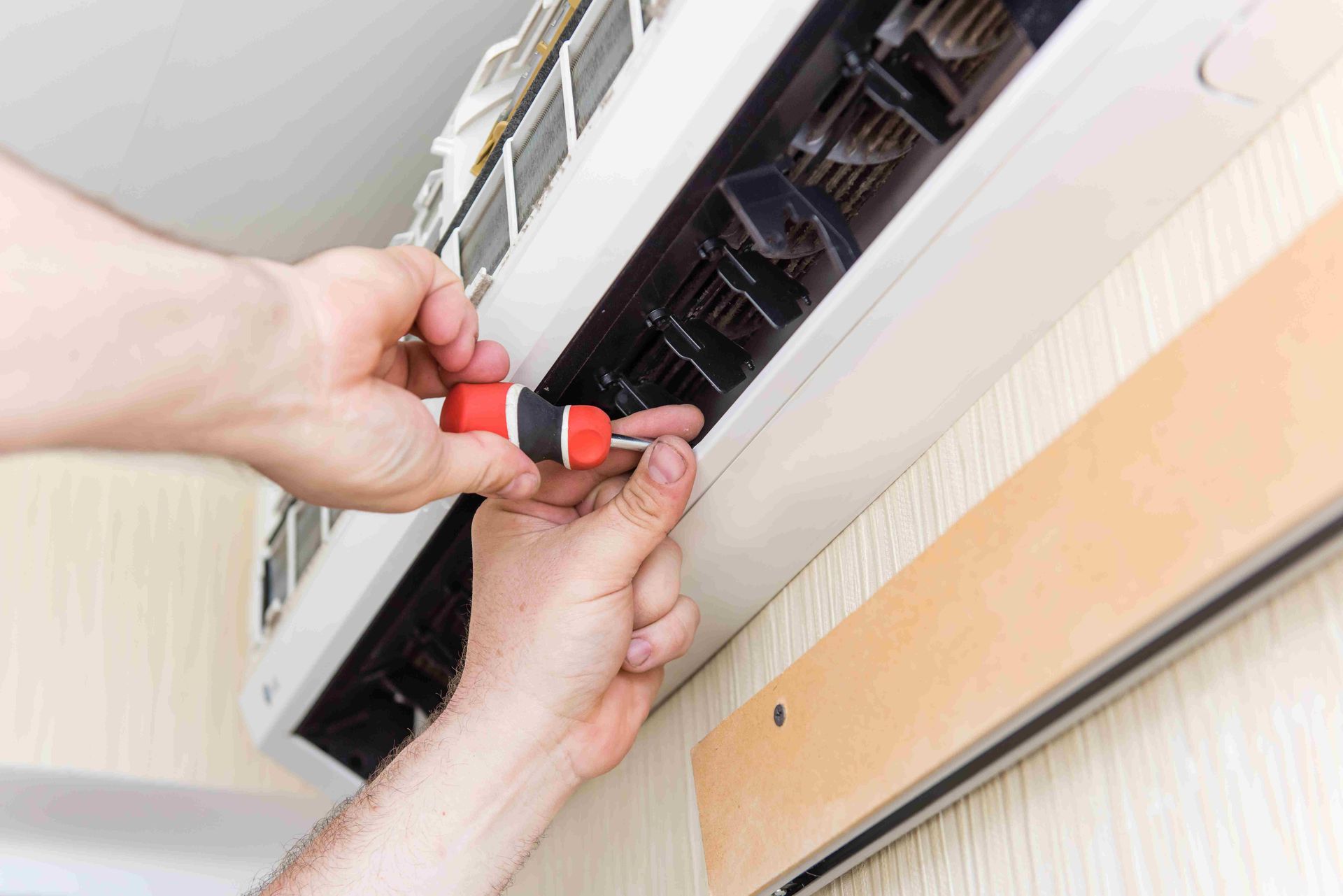
Air conditioning units are an essential part of our modern homes, providing us with comfort during the hot summer months. Without them, it would be challenging to stay cool and comfortable in our homes. Each part plays a vital role in ensuring that the unit functions effectively.
Proper maintenance is crucial to ensure that the unit runs efficiently and lasts for a long time. However, have you ever wondered how these units work and what makes them so effective? In this ultimate guide, we will discuss the different types and functions of air conditioning unit parts, how they work together, and the importance of proper maintenance.
Types of Air Conditioning Unit Parts
- Compressor
The compressor is the heart of the air conditioning system. It is responsible for compressing the refrigerant gas, which increases its temperature and pressure, allowing it to move through the air conditioning system.
- Condenser
The condenser is located outside the home and works in conjunction with the compressor. It is responsible for cooling down the refrigerant gas, which has been heated up by the compressor. This process causes the gas to condense into a liquid.
- Evaporator Coil
The evaporator coil is located inside the home and is responsible for absorbing heat from the indoor air. The cold refrigerant liquid runs through the evaporator coil, and as warm air passes over it, the liquid absorbs the heat, cooling the air.
- Expansion Valve
The expansion valve is responsible for regulating the flow of refrigerant into the evaporator coil. It ensures that the right amount of refrigerant is entering the evaporator coil, which maximizes the efficiency of the air conditioning system.
- Refrigerant
Refrigerant is a substance used in air conditioning systems to remove heat from indoor air. It is the medium that moves heat from the indoor air to the outdoor air.
Functions of Air Conditioning Unit Parts
- Compressor's Function
The compressor is responsible for compressing the refrigerant gas, which increases its temperature and pressure, allowing it to move through the air conditioning system. This compression is what makes the cooling process possible.
- Condenser's Function
The condenser is responsible for cooling down the refrigerant gas, which has been heated up by the compressor. This process causes the gas to condense into a liquid, which is then sent to the evaporator coil.
- Evaporator Coil's Function
The evaporator coil is responsible for absorbing heat from the indoor air. The cold refrigerant liquid runs through the evaporator coil, and as warm air passes over it, the liquid absorbs the heat, cooling the air.
- Expansion Valve's Function
The expansion valve is responsible for regulating the flow of refrigerant into the evaporator coil. It ensures that the right amount of refrigerant is entering the evaporator coil, which maximizes the efficiency of the air conditioning system.
- Refrigerant's Function
Refrigerants are responsible for removing heat from the indoor air. As it moves through the air conditioning system, it absorbs heat from the indoor air and releases it to the outdoor air.
How Air Conditioning Unit Parts Work Together
Air conditioning unit parts work together in a complex process to cool your home. The compressor compresses the refrigerant gas, which increases its temperature and pressure, and sends it to the condenser. The condenser then cools down the refrigerant gas, causing it to condense into a liquid.
The liquid refrigerant is then sent to the evaporator coil, where it absorbs heat from the indoor air. The expansion valve regulates the flow of refrigerant into the evaporator coil, ensuring that the right amount of refrigerant is entering the system. The refrigerant then moves through the system, absorbing heat from the indoor air and releasing it to the outdoor air. This process repeats itself until the desired temperature is reached.
Importance of Proper Maintenance of Air Conditioning Unit Parts
Proper maintenance of air conditioning unit parts is essential for optimal AC performance. Neglecting proper maintenance can lead to decreased efficiency, higher energy bills, and even complete system failure. Here are some tips for maintaining your air conditioning unit:
- Change your air filter regularly
A clogged air filter can restrict airflow and reduce the efficiency of your air conditioning unit. Change your air filter every 1-3 months, depending on usage.
- Clean your condenser coils
The condenser coils are located outside and can become dirty, reducing the efficiency of your air conditioning unit. Use a garden hose to gently clean the coils.
- Check refrigerant levels
Low refrigerant levels can cause your air conditioning unit to work harder, increasing energy bills and reducing efficiency. If you notice reduced cooling performance, have a professional check your refrigerant levels.
- Schedule annual maintenance
Regular maintenance by a professional can help keep your air conditioning unit running smoothly and catch any issues before they become major problems.
Conclusion
In conclusion, air conditioning unit parts are crucial for effective and efficient cooling of your home during hot summer months. Knowing the types and functions of these parts, how they work together, and the importance of proper maintenance can help you get the most out of your air conditioning unit. Regular maintenance, including changing air filters, cleaning condenser coils, and checking refrigerant levels, can help keep your unit running smoothly for years to come.
Don't sweat it out this summer! Get your Air Conditioning Unit installed today in London, Ontario and stay cool all season long. Contact us now!
